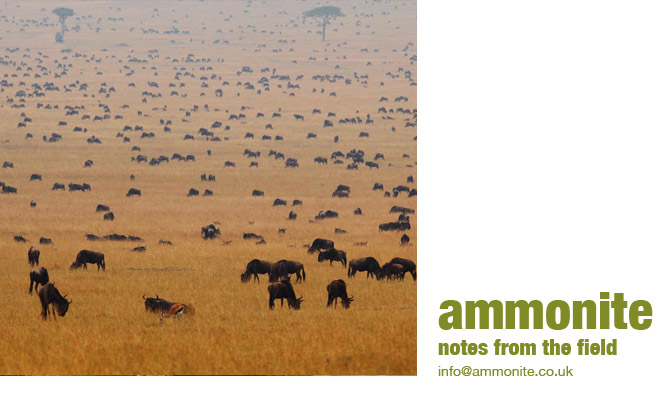One of the prerequisites for working with wildlife is that you can tell different creatures apart, and that you can recognise different species from different angles in different light.
Every day, we go out to find lions, perhaps with a tip off, perhaps with just a hunch, and we look very hard at shadows under bushes for a flick of a tail, or a single paw in the air. Sometimes we are guided by the gaze of giraffes, topi or zebras, but these creatures are also quite happy to stare at nothing in the heat of the day.
Soon, our desire to find something, anything interesting leads our brains to imagine shapes in rocks, fallen trees, grass waving in the wind. There are hundreds of rocks in the Mara shaped exactly like the head of a lion, and no doubt these same rocks get misidentified over and over again by new visitors to the area.
Animals can play tricks too. Warthogs are such weird looking animals that they take on all sorts of characteristics far away in shimmering heat. A warhog grazing can for a moment appear just like a baboon the other way round, or end on from a distance like a male lion looking down his nose. Hartebeest are exactly the same colour as lions, and their white rump and pale brown fur from far away can lead the less experienced to claim ‘there’s a lion!’
Recently, things have been getting out of hand. A flock of sheep was identifdied as a large group of hyenas, while some elephants behind a termite mound were pronounced to be lions. A warthog even took on the persona of a buffalo for a few short seconds. And that’s in daylight. At night with the thermal and starlight cameras we have to develop a whole new range of ID skills as completely nocturnal animals show their faces. Aardvarks walk a bit like hyenas, so at first caused confusion then amazement when we realised that we had at least four of these extremely secretive animals bumbling around the car digging sniffing and chasing each other.
-





